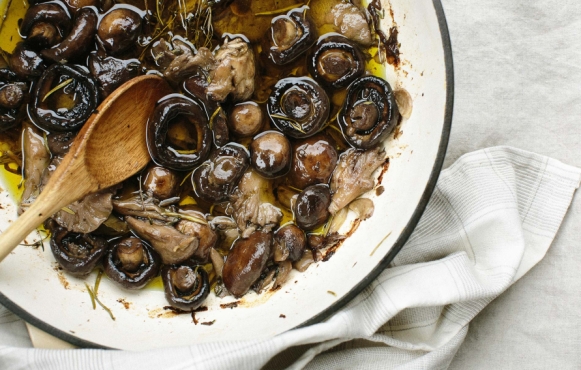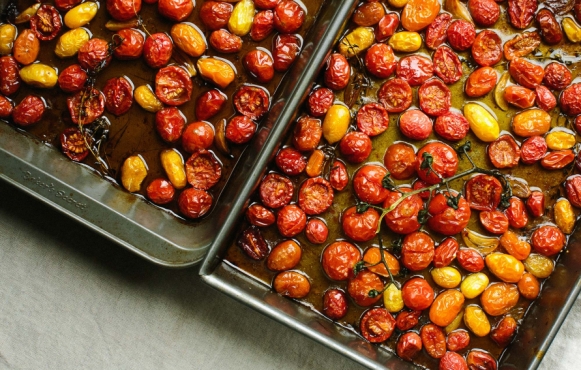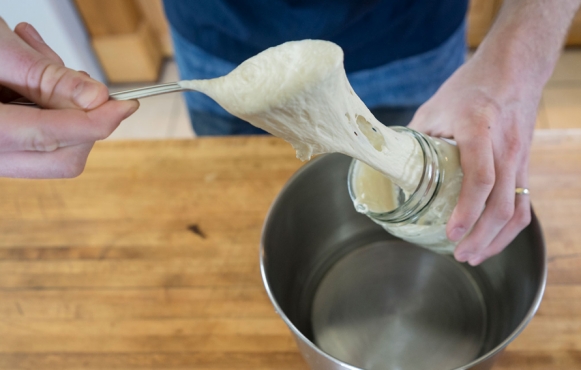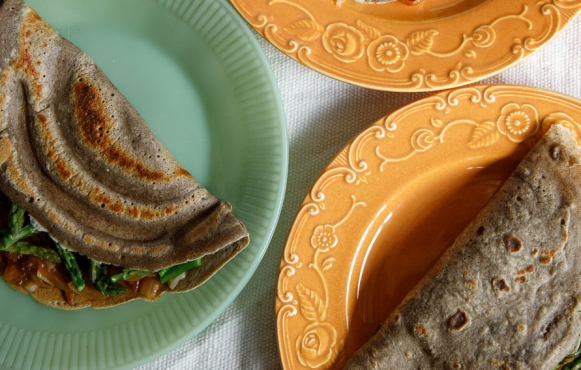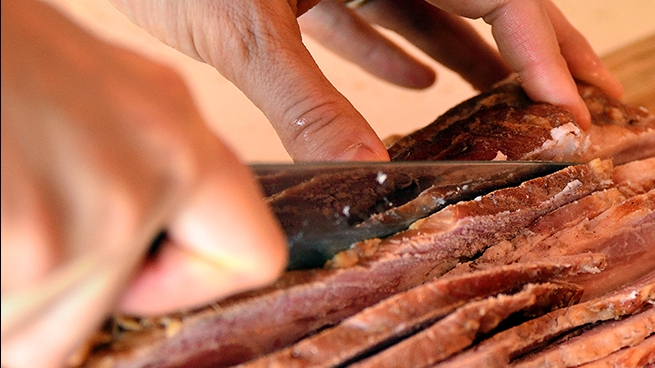Confit: ancient preserving technique to try today
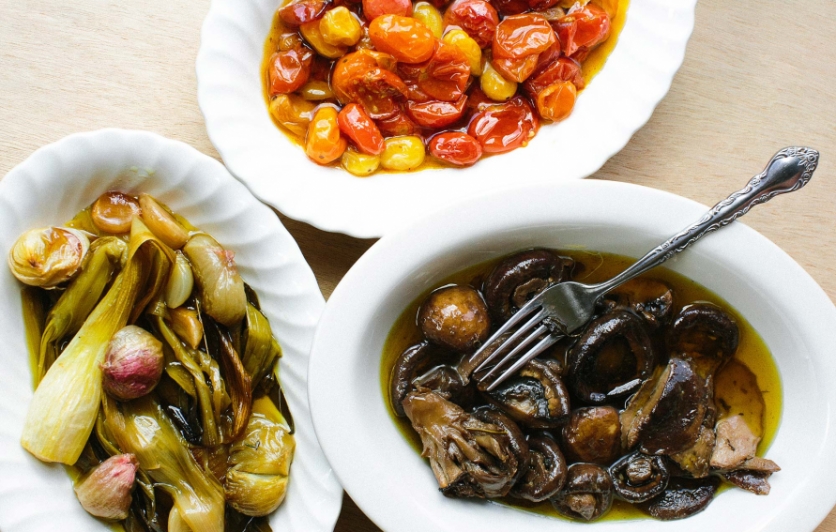
Confit is one of the oldest techniques for preserving food. Before refrigeration, a thick, air-tight layer of fat was used to keep cooked and salted meat preserved for months. Today it is most commonly known as confit duck legs, a preparation from the southwest of France and an essential ingredient in the classic cassoulet. Garlic and tomato confit, two other secrets of the region’s cuisine, are also popular methods of conserving summer’s bounty.
Born of necessity, confit has gained popularity recently as an easy way to coax luxurious textures from a host of ingredients.
Confit (pronounced kon-FEE) comes from the French word confire, which means to preserve. It can be used to describe almost anything, including fruits or vegetables, cooked low and slow in a liquid inhospitable to bacteria. The liquid preserves and flavors. For fruits, it is usually a highly concentrated sugar syrup—giving us French confiture and English “confection.”
Making a meat confit involves slow cooking in a pure fat at temperatures much lower than those used for frying. This allows the collagen in connective tissues to dissolve and enrich the meat, resulting in a silky texture and concentrated flavor.
You can achieve similar results, and in less time, using vegetables. Root vegetables like potatoes, turnips and beets hold up well to the treatment, as does other sturdy produce such as Brussels sprouts, fennel and mushrooms. Alliums (garlic, leeks, shallots, onions and company) mellow into great confit condiments for adding flavor to any savory dish.
The recipes here are easily adaptable. Mix and match herbs to your palate, and experiment with the technique using your favorite fall vegetables. Confit will keep for weeks in the fridge, providing insurance against boring meals. Use it to jazz up pasta or pizza, add a melty mouthful to soups or sandwiches, or just spread over toast, drizzled with the reserved oil.
Confit vegetables—suspended in their golden oil in a pretty jar—are also fun foodie gifts and a perfect grab-and-go item for holiday parties and potlucks.


